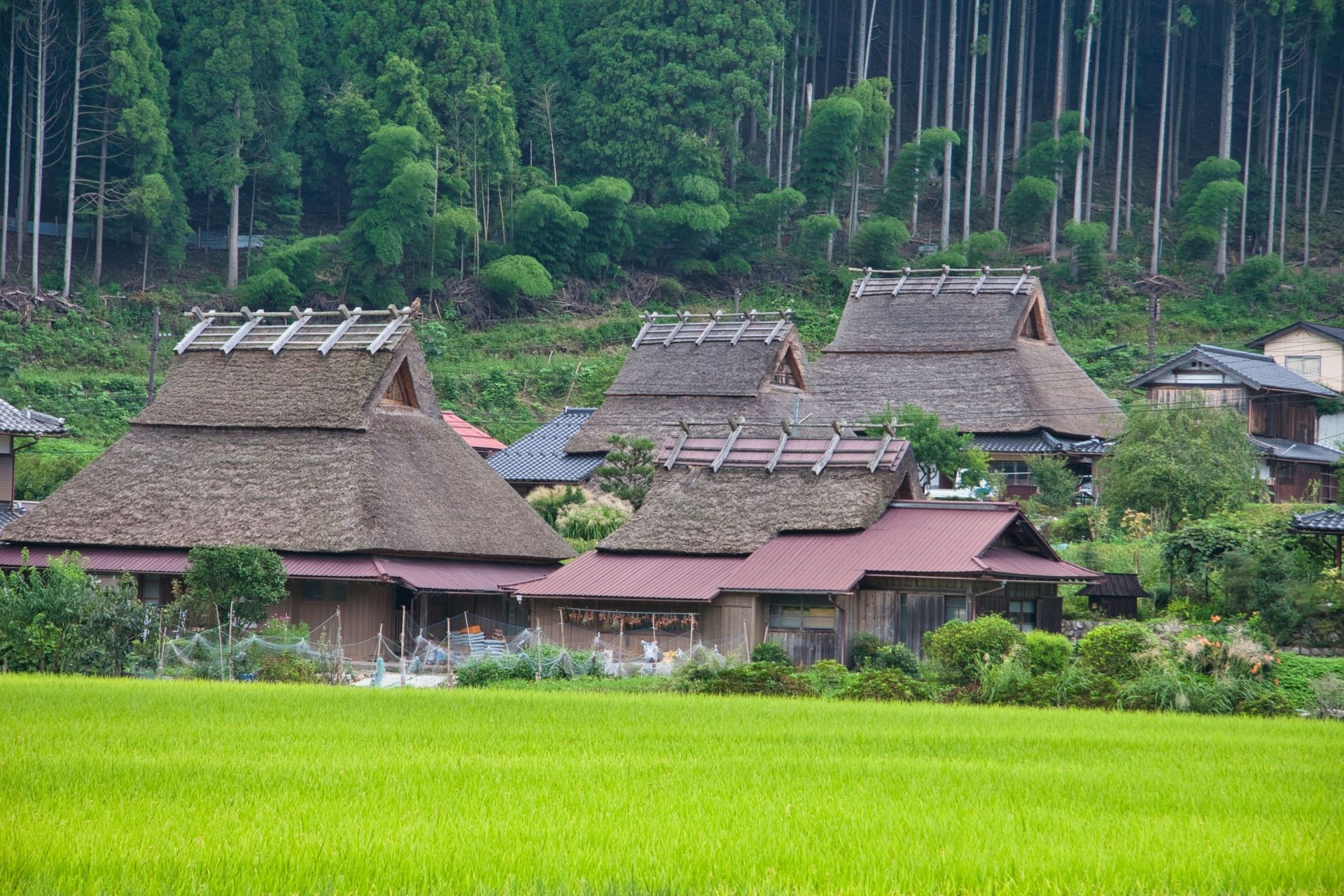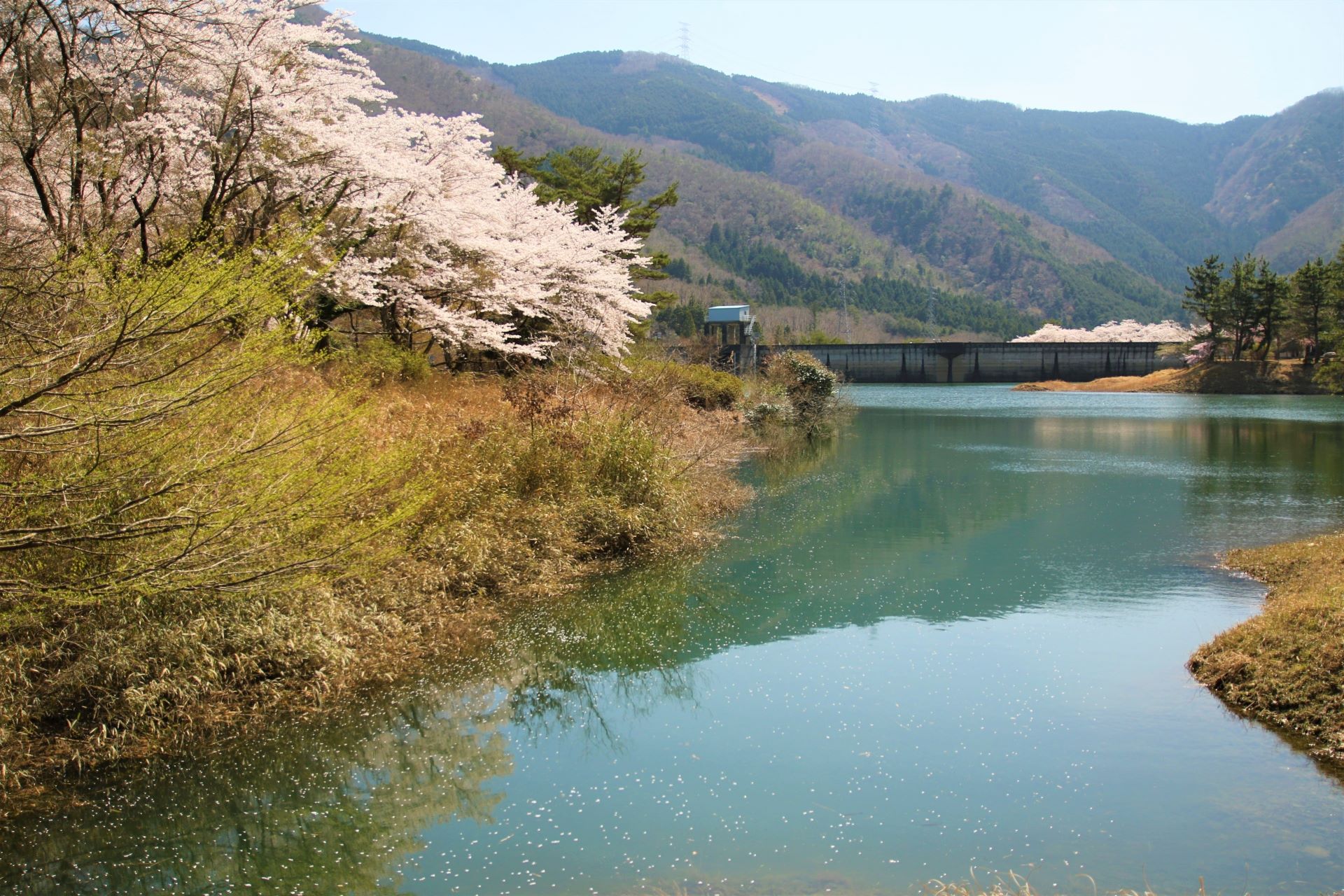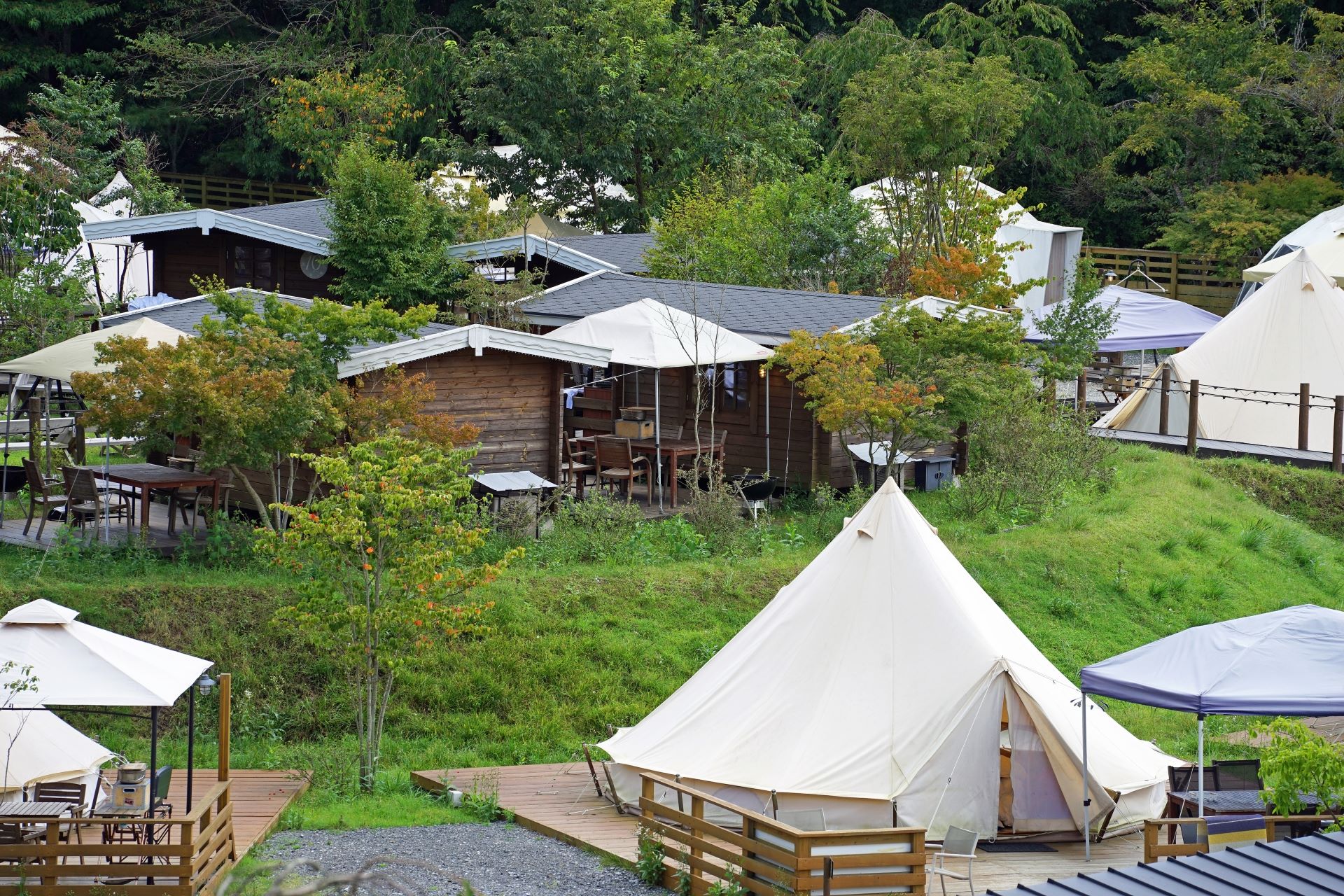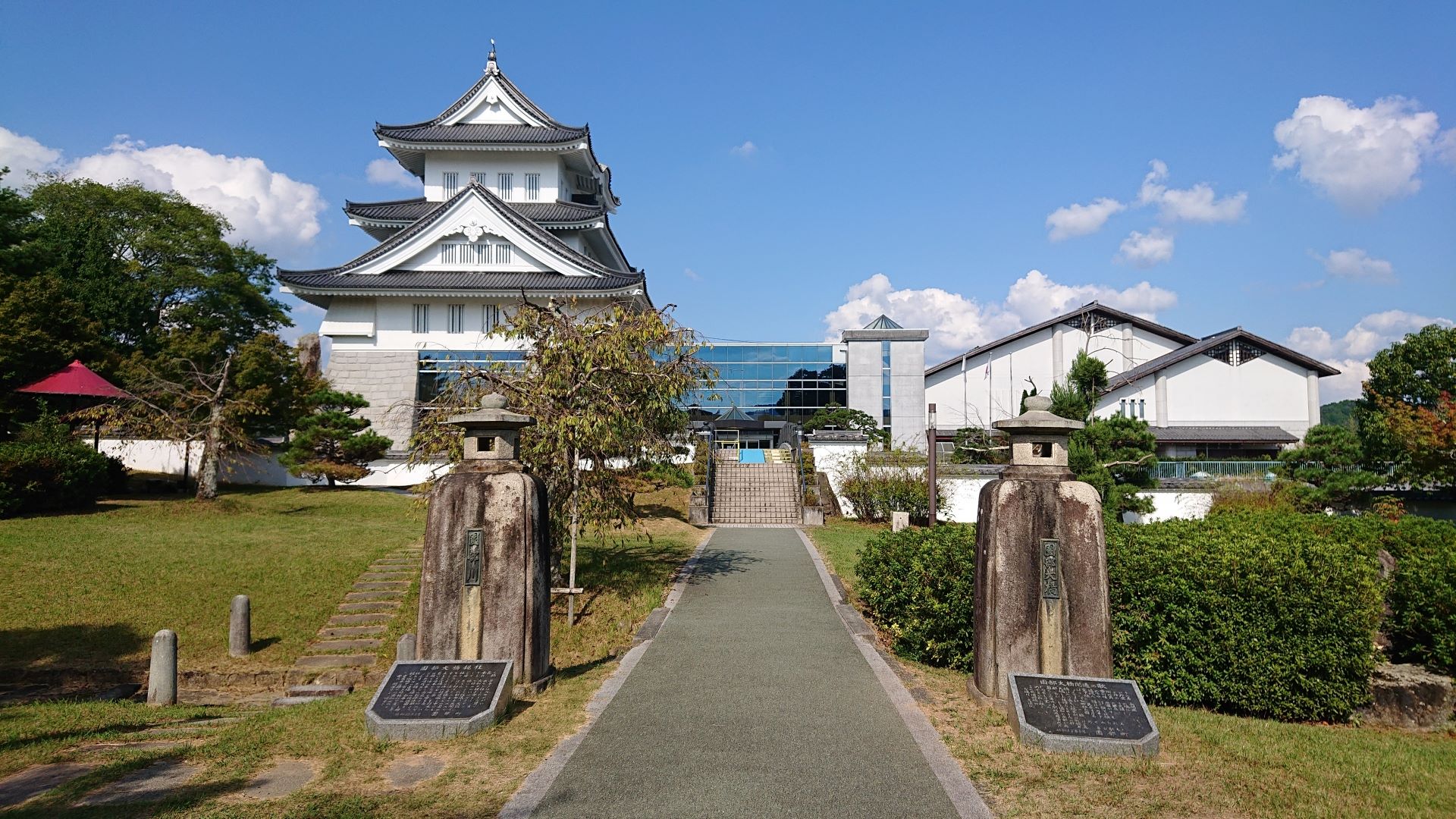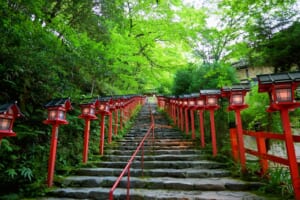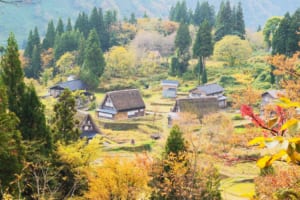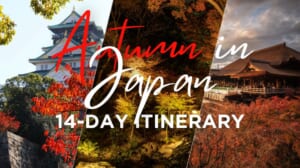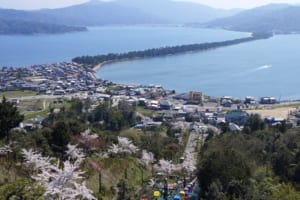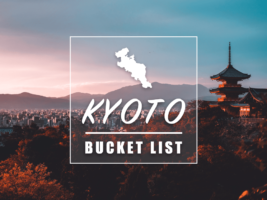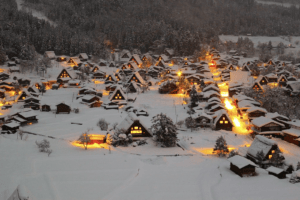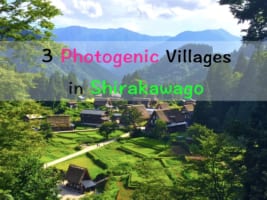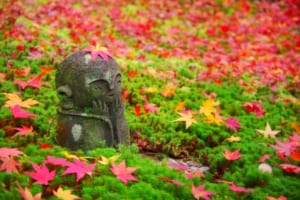Miyama: A Treasure of Rural Traditional Japan
Guide to Miyama Village in Kyoto
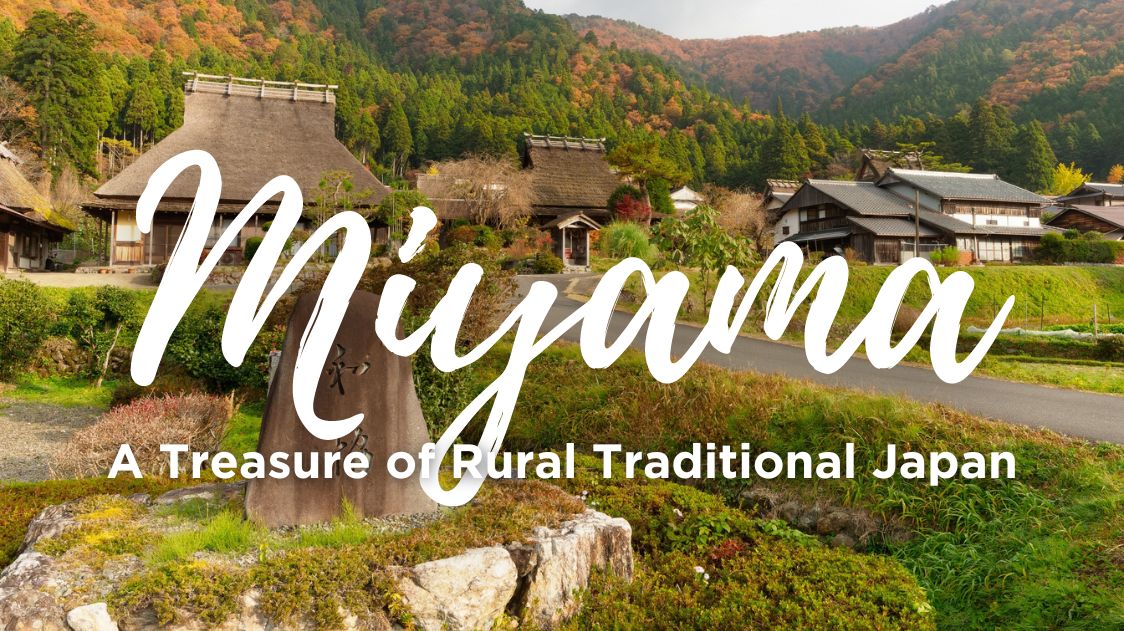
Miyama Village, located in the rural heart of Kyoto Prefecture, is a great opportunity to have a fun day-trip from Kyoto learning what traditional Japanese life is like. This picturesque village, surrounded by lush mountains, is renowned for its thatched roof houses, known as “kayabuki.” Here you can explore these historical homes, some of which have been converted into museums, cafes, and accommodations.
The village’s peaceful environment, coupled with these invaluable architectural treasures, is the perfect recipe for a relaxing getaway from the daily routine or simply a fun exploration outside of the usual tourist attractions. Are you looking to step back in time and experience the charm of rural Japan? Miyama Village is waiting for you!
What is Miyama Village?
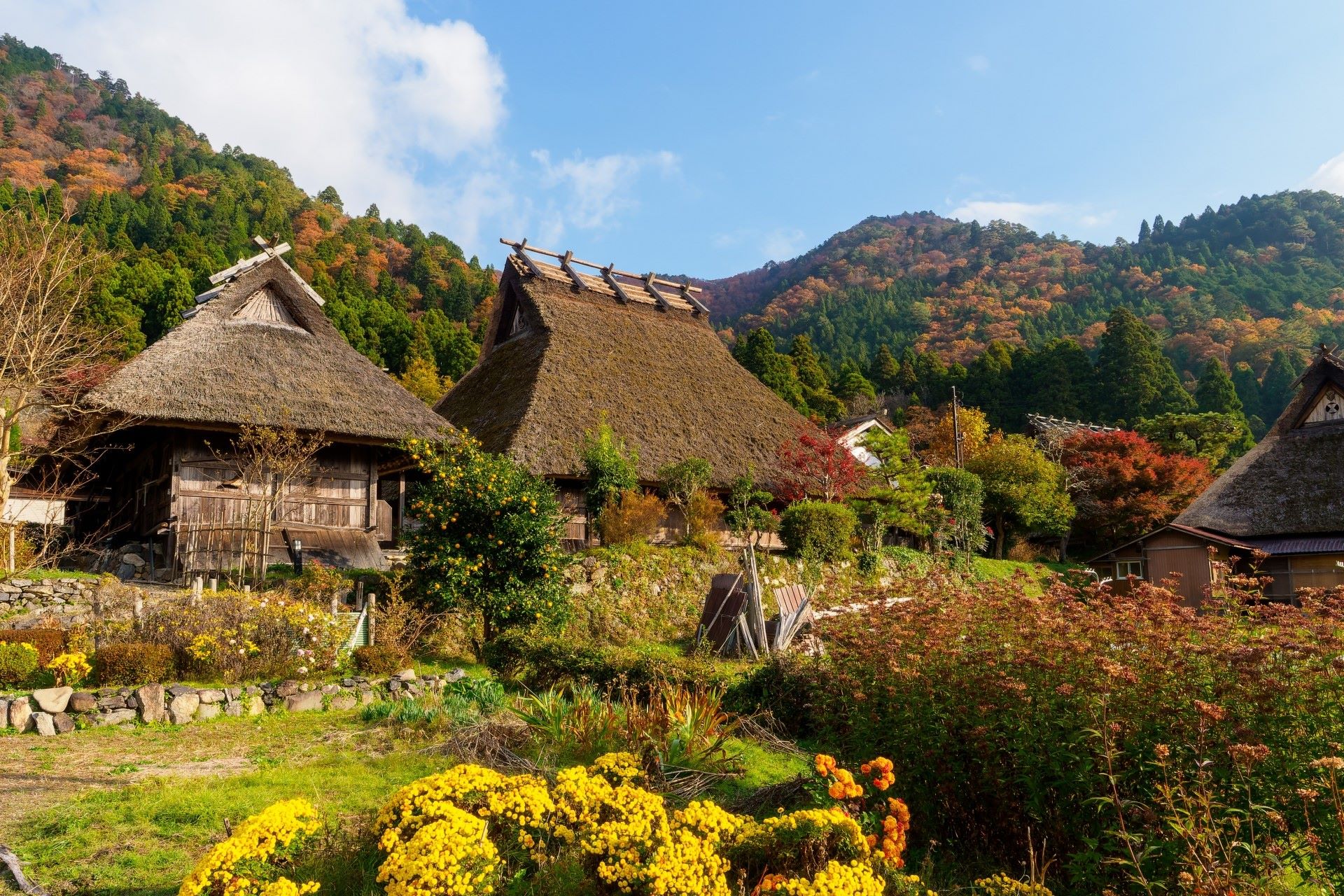
The village is particularly famous for the Kayabuki no Sato (かやぶきの里) area, where about 40 of these historical homes create a picturesque landscape reminiscent of ancient Japan. The beauty of Miyama lies in its authenticity and well-preserved rural atmosphere. You can witness the changing scenery across seasons, from lush green summers to snow-covered winters, each offering a different but equally captivating view.
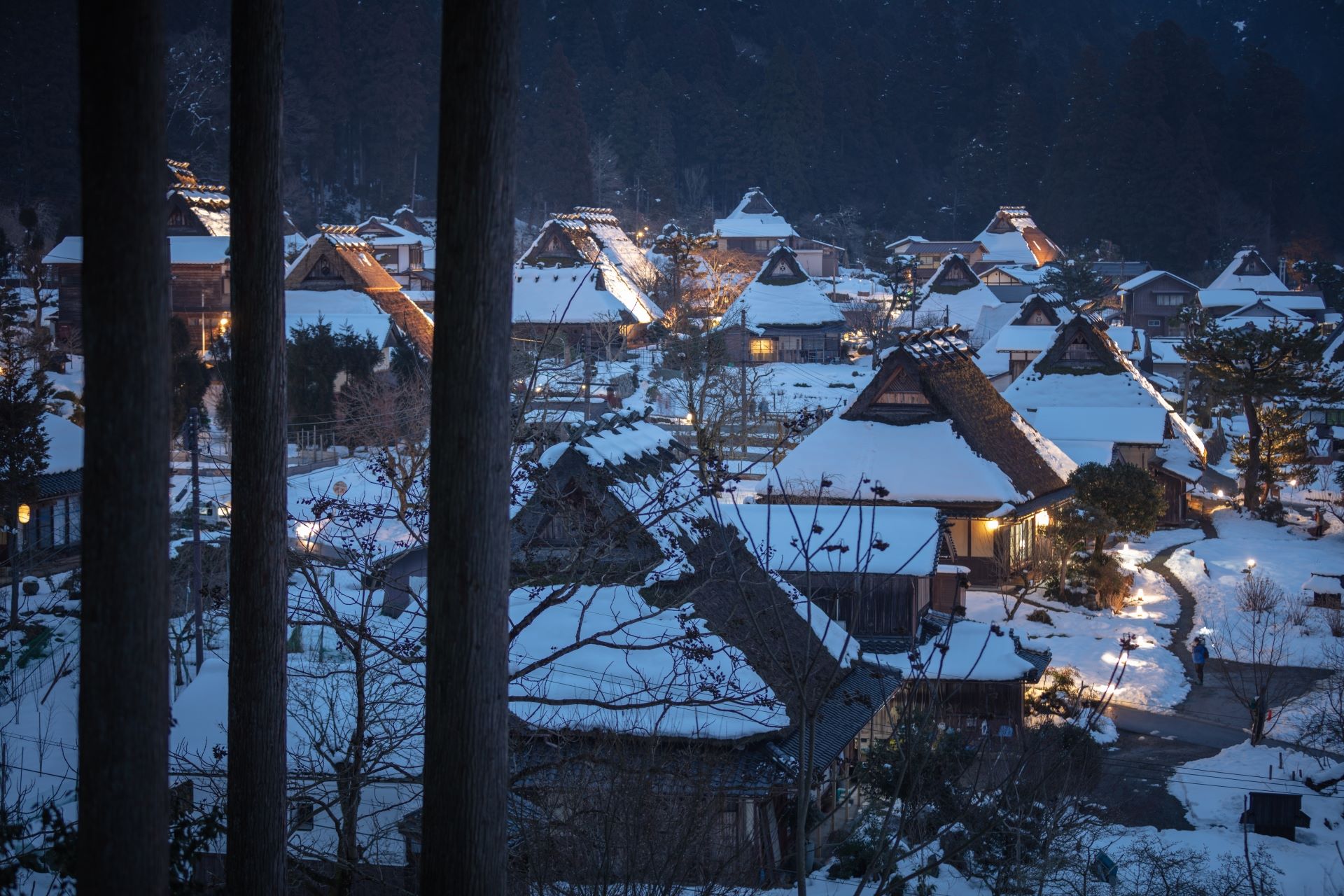
What to See and Do at Miyama Village
- Kayabuki no Sato: Explore the iconic thatched roof village, home to around 40 traditional houses. Some of these homes are open to the public as museums and cafes.
- Stay in a Traditional House: Experience authentic Japanese living by staying overnight in one of the traditional thatched roof houses.
- Guided Tours: Join a guided tour to learn about the history, architecture, and cultural significance of the thatched roof houses.
- Small Indigo Museum: Visit this museum to see various indigo-dyed artworks, including historical work uniforms and folk costumes from different countries.
- Local Shops and Restaurants: Enjoy the local cuisine and purchase unique souvenirs from the village’s shops and eateries.
- Odo District Waterfalls: Explore the natural beauty of the Odo district, known for its stunning waterfalls and well-maintained walking paths.
- Seasonal Events: Participate in local festivals and events that showcase the village’s cultural traditions and community spirit.
- Cycling and Hiking: Take advantage of the scenic trails around Miyama for a day of cycling or hiking through the beautiful countryside.
- Handicraft Workshops: Join a workshop to learn traditional crafts such as indigo dyeing or pottery, guided by local artisans.
How to Get to Miyama Village
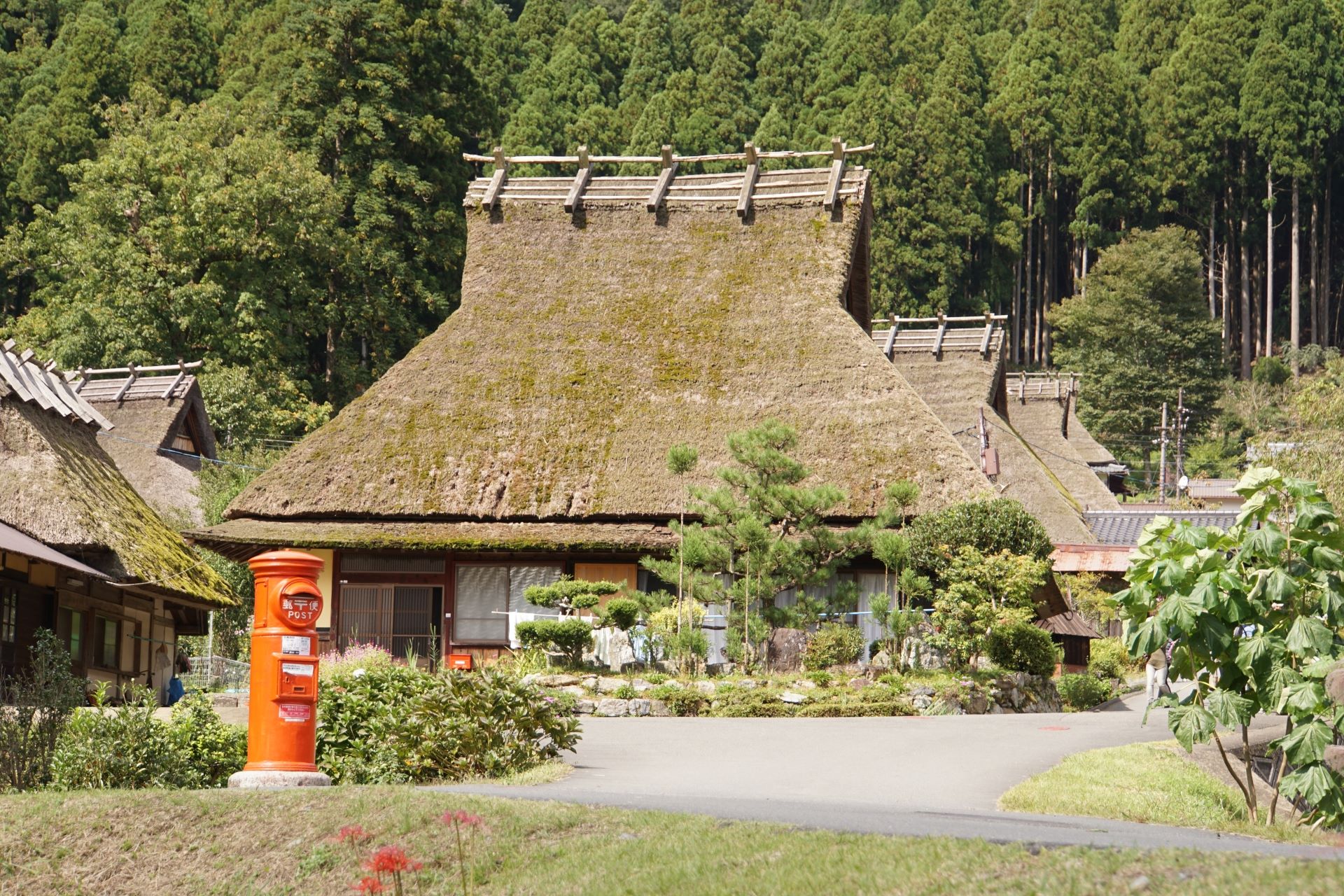
From Kyoto Station, take the JR San-In or Hashidate line to Hiyoshi Station, which takes about 40-50 minutes. In Hiyoshi Station, take a Nantan City Bus bound for Miyama, the ride takes about 45 minutes. It’s advisable to check the bus schedules in advance as they may be infrequent. Alternatively, buses are also available from Sonobe Station. Some accommodations may also provide private shuttles on demand from Sonobe or Hiyoshi.
For those who prefer to go by private car, Miyama Village is about 1 hour and 30 minutes drive from Kyoto.
Tourist Attractions Near Miyama Village
Miyama Village’s rural charm is complemented by several nearby attractions that are worth visiting. Here are some recommended spots to explore:
1. Ono Dam and Park
Ono Dam (大野ダム), located in Miyama’s western region, is a significant structure built for flood control and hydroelectric power generation. Completed in 1961, it stands 61.4 meters tall and is the first multi-purpose dam constructed in Kyoto Prefecture. The dam’s reservoir, known as “Rainbow Lake”, is celebrated as one of the “100 Best Dam Lakes in Japan.” The park surrounding the dam is a popular destination year-round, particularly because of the over 1,000 cherry trees around the reservoir and the stunning landscape visitors can enjoy during spring.
 Access Access |
40-min drive from Miyama Village |
|---|---|
 Official Website Official Website |
https://www.pref.kyoto.jp/dam/oono/index.html |
2. Rurikei Onsen
Rurikei Onsen (るり渓温泉) is a renowned hot spring resort located in the Nantan City area, near Miyama Village. This onsen offers a variety of indoor and outdoor baths, including a unique radon hot spring that is said to have therapeutic properties, as well as glamping facilities. In the vicinity there’s also Ruri Gorge (琉璃渓谷), a picturesque valley known for its stunning natural beauty, with hiking trails that meander through lush forests, past beautiful waterfalls, and alongside the tranquil Ruri River.
3. Nantan City Cultural Museum
Located in Nantan City, which is en route to Miyama, the Nantan City Cultural Museum (南丹市文化博物館) is an excellent stop for history and art enthusiasts. The museum features exhibits on local history, traditional crafts, and regional artwork. It also hosts temporary exhibitions that showcase various aspects of Japanese culture, providing deeper insights into the area’s heritage.
 Access Access |
15-min bus from Sonobe Station |
|---|---|
 Official Website Official Website |
http://www.be.city.nantan.kyoto.jp/hakubutukan/ |
▽Subscribe to our free news magazine!▽
For more information about traveling in Japan, check these articles below, too!
▽Related Articles▽
▼Editor’s Picks▼
Written by
Photographer, journalist, and avid urban cyclist, making sense of Japan since 2017. I was born in Caracas and lived for 14 years in Barcelona before moving to Tokyo. Currently working towards my goal of visiting every prefecture in Japan, I hope to share with readers the everlasting joy of discovery and the neverending urge to keep exploring.





